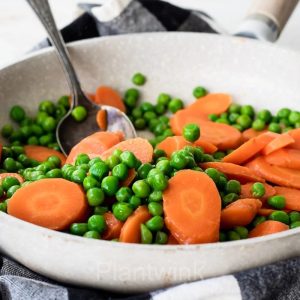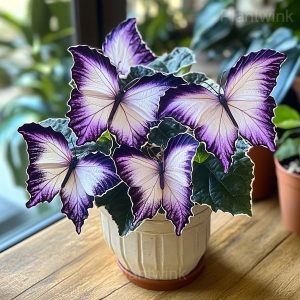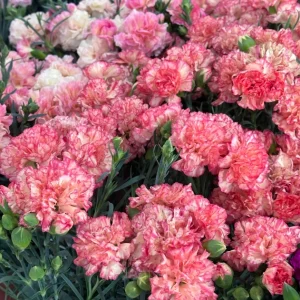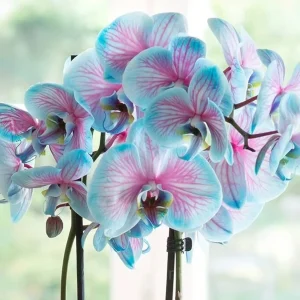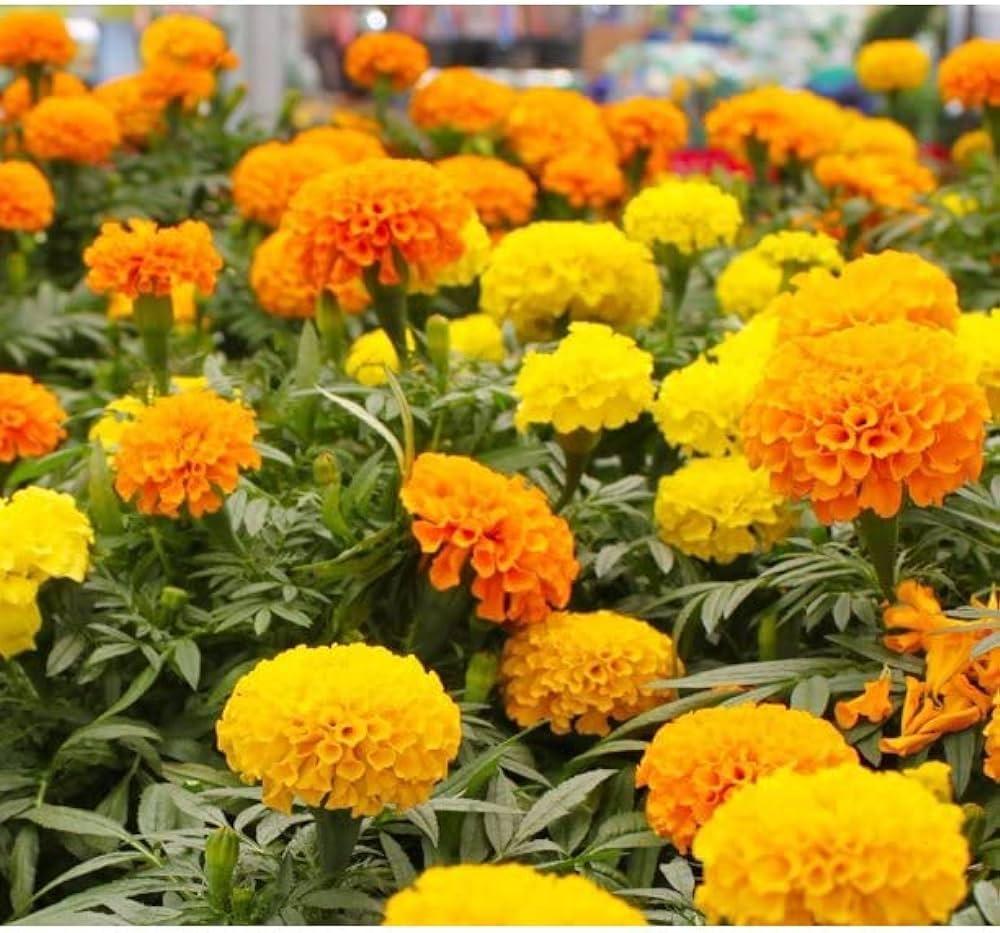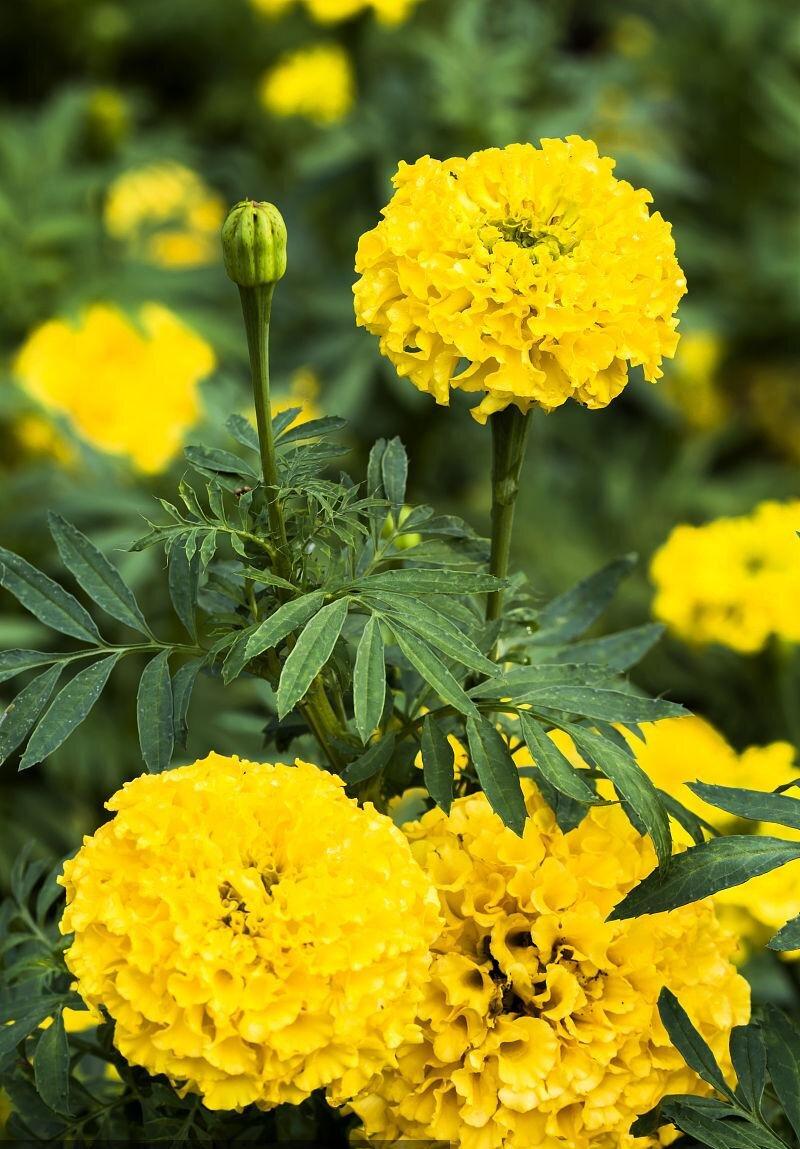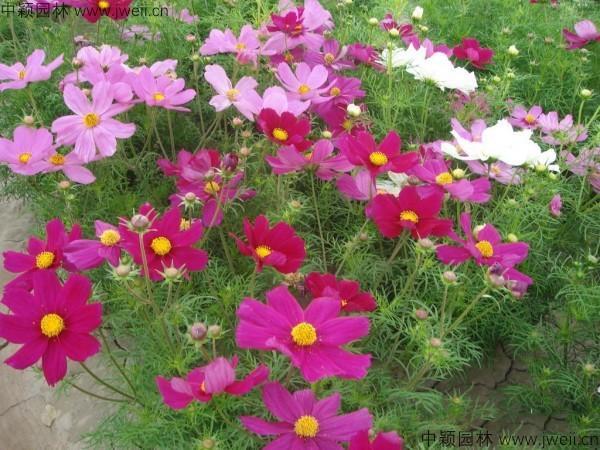Once upon a time, there was a small plant called Vaccinium. It lived in the lush forests of North America. Despite its diminutive size, Vaccinium had a remarkable secret. Every full moon, its berries would emit a magical glow. Locals believed that these glowing berries possessed incredible healing properties. People flocked from miles away to witness this enchanting spectacle and harvest the berries for medicinal purposes. Over time, Vaccinium became a symbol of hope and wonder, reminding everyone that beauty and healing can be found in the most unexpected places.
Picture
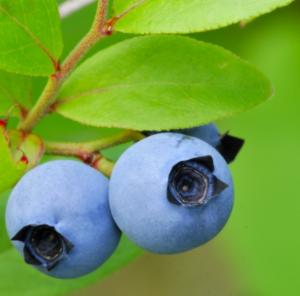
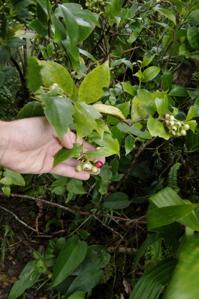
Plant some seeds now!
Short Description
Vaccinium /vækˈsɪniəm/ is a common and widespread genus of shrubs or dwarf shrubs in the heath family (Ericaceae). The fruits of many species are eaten by humans and some are of commercial importance, including the cranberry, blueberry, bilberry (whortleberry), lingonberry (cowberry), and huckleberry. Like many other ericaceous plants, they are generally restricted to acidic soils.
Description
The plant structure varies between species: some trail along the ground, some are dwarf shrubs, and some are larger shrubs perhaps 1 to 2 metres (3 to 7 feet) tall. Some tropical species are epiphytic. Stems are usually woody. Flowers are epigynous with fused petals, and have long styles that protrude from their bell-shaped corollas. Stamens have anthers with extended tube-like structures called “awns” through which pollen falls when mature. Inflorescences can be axillary or terminal. The fruit develops from an inferior ovary, and is a four- or five-parted berry; it is usually brightly coloured, often being red or bluish with purple juice. Roots are commonly mycorrhizal, which likely help the plants to access nutrients such as nitrogen and phosphorus in the acidic, nutrient-poor soils they inhabit.
Cultivation
Harvest cranberries, New Jersey, United StatesBlueberries (sect. Cyanococcus) and cranberries (sect. Oxycoccus) are relatively newly cultivated plants, and are largely unchanged from their wild relatives. Genetic breeding of blueberries began around the turn of the 20th century, and was spearheaded by Frederick Coville who performed many cross-breeding trials and produced dozens of new blueberry cultivars. He often tested new cultivars for their flavor, claiming after a long day of tasting that “all blueberries taste the same, and all taste sour.”
